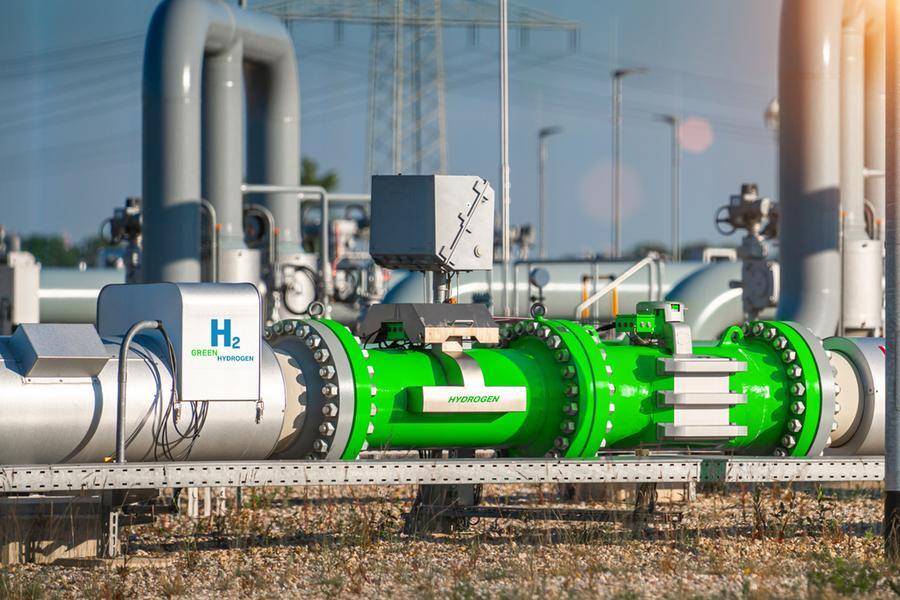GreenGo Energy Signs Groundbreaking Agreement in Mauritania for Large-Scale Hydrogen Project
Key Ideas
- Denmark's GreenGo Energy signs its first African PPP agreement in Mauritania for a green hydrogen project near the capital Nouakchott.
- The project, named 'megaton moon,' will involve 500 MW of electrolysis, 600 MW of onshore wind, and 600 MWp of solar PV in Phase 1.
- Upon completion, the project will have a full capacity of 6 GW of electrolysis, 6.8 GW of onshore wind, and 6.3 GWp of solar PV, producing 339,000 tonnes of green ammonia annually.
- The financing of the project will involve GreenGo Energy's partnership model with strategic and large-scale investors, with no disclosed financial details.
Denmark-based GreenGo Energy has made a significant move by signing a public-private partnership (PPP) agreement in Mauritania to develop a large-scale green hydrogen project near the capital city of Nouakchott. The agreement, inked between Mohamed Khaled, Minister of Energy and Petroleum in Mauritania, and Karsten Nielsen, CEO of GreenGo Energy, provides the company access to over 100,000 hectares of land for its 'megaton moon' project. GreenGo Energy plans to conduct detailed site surveys, collect meteorological data, and carry out feasibility studies to advance the project. The first phase of the project, expected to be completed by the end of 2029, will see the deployment of 500 MW of electrolysis, 600 MW of onshore wind, and 600 MWp of solar PV, with an estimated annual production of 339,000 tonnes of green ammonia. The full capacity of the project will be impressive, with 6 GW of electrolysis, 6.8 GW of onshore wind, and 6.3 GWp of solar PV. Financing for the project will be facilitated through GreenGo Energy's partnership model, which involves collaboration with strategic and large-scale investors. However, specific financial details of the agreement were not disclosed. This endeavor signifies a positive step towards promoting renewable energy, sustainable development, and green technology in Africa, particularly in Mauritania, showcasing the potential for large-scale projects and partnerships in the region.
